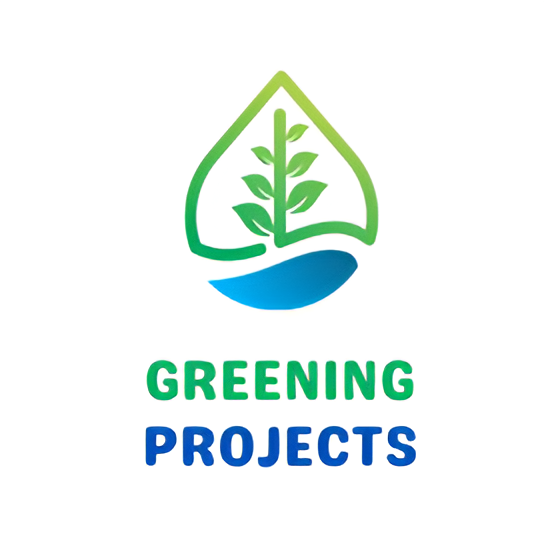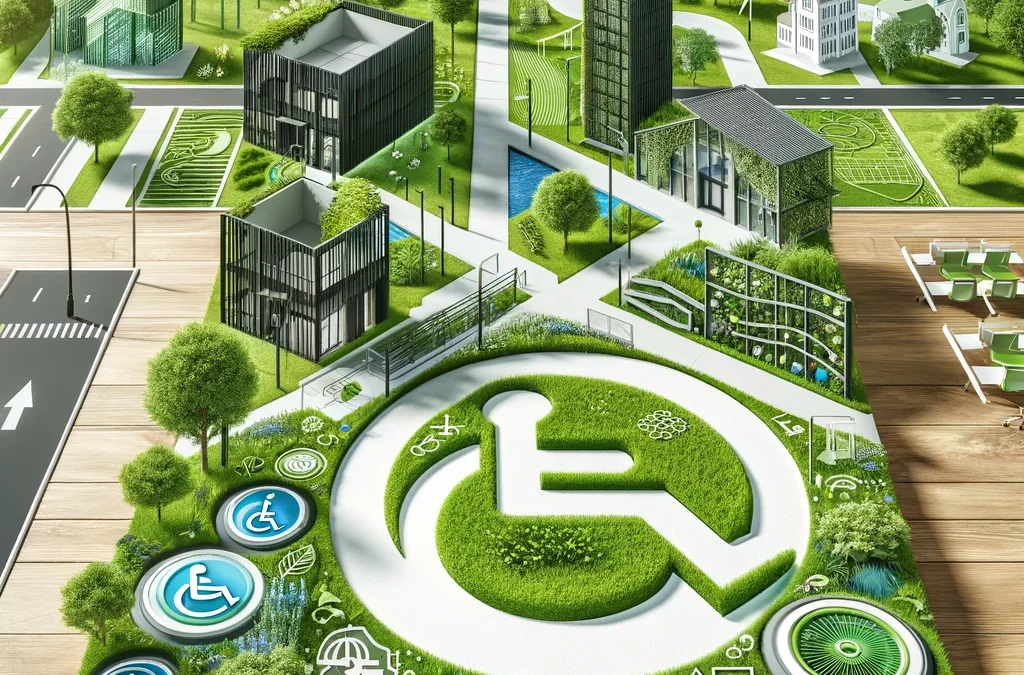In the innovative realm of modern architecture and design, a compelling narrative unfolds at the intersection of the Americans with Disabilities Act (ADA) and green design. It’s a story about inclusivity, environmental responsibility, and creating spaces that respect the planet and embrace the diversity of human experience. This 1000-word exploration delves into how ADA compliance and green design coexist and synergize to redefine our built environments.
Bernal Projects Awarded 2023 Community Challenge Grants
Harmonizing Accessibility with Sustainability
At first glance, ADA compliance, focusing on accessibility, might appear distinct from the eco-conscious ethos of green design. However, a deeper look reveals a harmonious relationship where each enhances the other, resulting in spaces that are both environmentally responsible and universally accessible.
The Essence of ADA in Modern Architecture
ADA compliance goes beyond the installation of ramps and elevators. It’s about creating environments where everyone can navigate with dignity and ease, regardless of physical abilities. This commitment to accessibility reflects a broader ethos of inclusion, a principle that aligns seamlessly with the sustainable philosophy of green design.
Green Design: A Commitment to the Earth and Its Inhabitants
Green design is not just about energy-efficient appliances or solar panels; it’s a holistic approach to building that considers the entire lifecycle of a structure. It encompasses using sustainable materials, energy conservation, and a design that harmoniously coexists with the natural environment. When blended with ADA principles, green design takes on a new dimension, creating spaces caring for the planet and its people.
The Challenges and Triumphs of Integration
Merging ADA compliance with green design is not without its challenges. However, these obstacles are gateways to innovative solutions that redefine what’s possible in architecture and design.
Overcoming Architectural Hurdles
One of the main challenges in this integration is finding materials and designs that satisfy both green and accessibility standards. This requires a creative rethinking of conventional construction practices and an openness to innovative solutions.
Economic Implications: A Cost-Effective Fusion
Contrary to popular belief, integrating ADA and green design can be economically viable. While initial costs might be higher, the long-term savings in energy efficiency and the increased value of an accessible and environmentally friendly building make this a cost-effective approach.
Real-World Examples: Where ADA Meets Green Design
Across the globe, there are shining examples of how ADA and green design have been successfully integrated. These projects stand as testaments to the feasibility and desirability of this dual approach.
Case Studies of Success
From office buildings that combine cutting-edge green technologies with accessibility features to residential spaces that are both eco-friendly and fully accessible, these case studies provide a blueprint for future developments in the field.
The Role of Policy and Community in Fostering Integration
The successful merging of ADA and green design is not solely the responsibility of architects and designers. It requires supportive policies and an engaged community.
Government Incentives and Regulations
Policies are crucial in encouraging the integration of ADA and green design. Incentives for sustainable, accessible buildings can propel the market toward more inclusive and environmentally friendly practices.
Community Engagement: Building Awareness and Support
Community involvement is key to the widespread adoption of this integrated approach. Through education and engagement, communities can become advocates for buildings that are both green and accessible, fostering a culture that values inclusivity and sustainability.
The Future of ADA and Green Design: A Unified Vision
Looking to the future, the integration of ADA and green design is poised to become a standard in architecture. It’s a vision of a world where buildings minimize their environmental impact and welcome everyone without barriers.
Innovations on the Horizon
The future of this integration is bright, with technological advancements paving the way for more effective and efficient combinations of green and accessible design. From new materials to smarter building technologies, the possibilities are endless.
A Call to Action for Designers and Architects
This intersection presents an exciting challenge and a profound responsibility for architects and designers. It’s an invitation to think creatively, innovate, and create spaces that honor the planet and its diverse inhabitants.
Conclusion: Embracing a Holistic Approach to Design
The intersection of ADA and green design represents more than a trend; it’s a movement toward a more inclusive, sustainable future. It’s an acknowledgment that our built environments can and should be places where everyone is welcomed, and the health of our planet is prioritized. As we embrace this holistic approach to design, we open the door to a world where architecture is not just about buildings but about building a better, more inclusive, and sustainable world for all.
Visit our latest project – Ogden Avenue Gardens.
FAQs: The Intersection of ADA and Green Design
- How do ADA and green design complement each other? ADA and green design complement each other by creating spaces that are both environmentally sustainable and accessible to all individuals. Green design focuses on reducing environmental impact through energy efficiency and sustainable materials, while ADA compliance ensures these spaces are accessible and usable by people with diverse abilities. Together, they promote a holistic approach to design that considers both the health of the planet and the well-being and inclusivity of its inhabitants.
- What are some common challenges in integrating ADA with green design? One of the main challenges in integrating ADA with green design is finding materials and design solutions that meet both sustainability and accessibility criteria. This can include ensuring that environmentally friendly materials are safe and usable for individuals with disabilities or that energy-efficient designs do not compromise accessibility features. Balancing budget constraints while adhering to ADA and green standards is another common challenge, as this integration can be more expensive than traditional designs.
- Can integrating ADA and green design be cost-effective? Integrating ADA and green design can be cost-effective in the long run. While the initial investment might be higher due to the specialized materials and design considerations, the long-term savings from energy efficiency and the durability of sustainable materials can offset these costs. Additionally, buildings that meet ADA and green design standards can have higher property values and attract a wider range of occupants and customers.
- What role do government policies play in promoting ADA and green design integration? Government policies play a significant role in promoting the integration of ADA and green design. This can include regulations that require new buildings to meet certain environmental and accessibility standards, as well as incentives such as tax credits, grants, or subsidies for projects that successfully integrate both. These policies help encourage builders and developers to adopt a more holistic approach to design and construction, considering environmental sustainability and accessibility.
- What does the future hold for the intersection of ADA and green design? The future of the intersection of ADA and green design looks promising and is likely to become a standard in architecture and urban planning. As awareness of environmental issues and the importance of inclusivity grows, more architects and designers are likely to embrace this integrated approach. Technological advancements will also continue to play a key role, enabling more innovative and cost-effective solutions for combining sustainability and accessibility in design. The future will likely see more buildings and spaces that are both environmentally responsible and fully accessible to all individuals.

